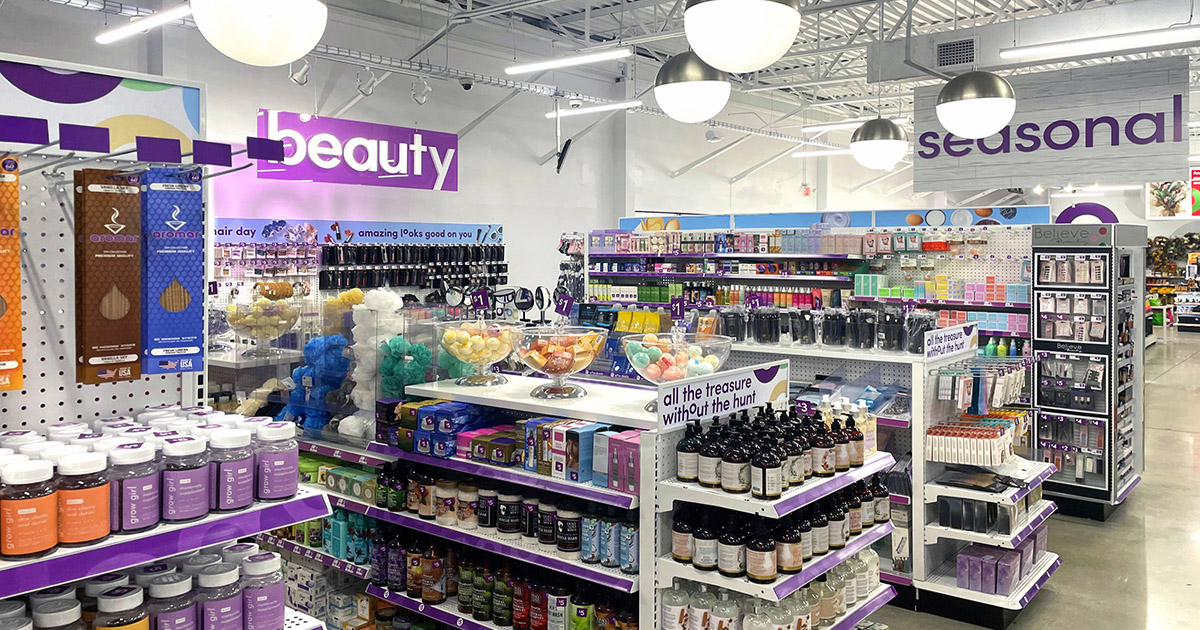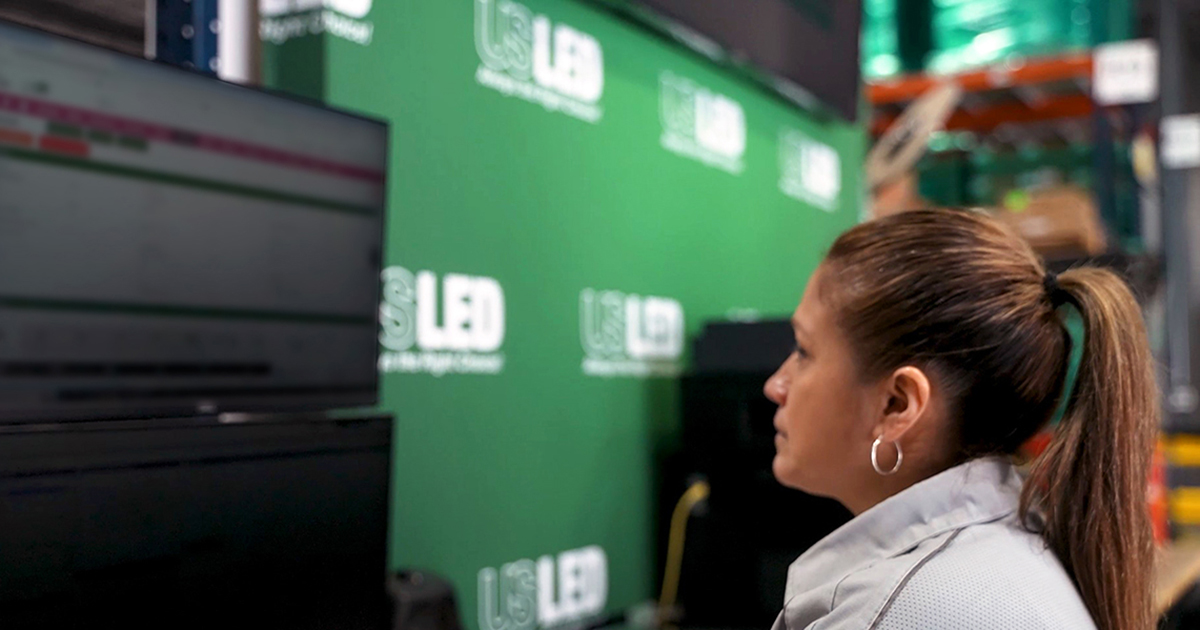
In the final part of this series, US LED looks at how Operational Efficiency Solutions (OES) supports the business case to lower carbon emissions across your portfolio and positively impact the environment. In case you missed it, read Part Four here.
In today's business climate, reducing environmental impact is becoming a top priority for organizations worldwide. Consumers prefer environmentally conscious brands, and governments are implementing legislation that supports change. Moreover, commercial real estate owners, investors, and tenants also want evidence that companies prioritize decarbonization and sustainability.
Carbon reduction in the commercial real estate industry is now more than just an environmental priority; it is a significant strategy that benefits all stakeholders financially. Operational Efficiency Solutions (OES) support organizational goals by accelerating energy efficiency and are active in decarbonizing portfolios quickly and at scale.
Making A Case For Decarbonization
The stakes are high for commercial real estate (CRE), contributing substantial carbon emissions annually. More specifically, the built environment contributes 37% to carbon emissions and 34% of energy demand, creating an environmental impact to varying degrees. Similarly, adverse environmental effects can extend to portfolio valuation, with annual returns reduced if mitigating actions are not taken.
A lack of action also brings tangible risks that CRE owners and investors are likely to experience over time, including:
-
Increases in utility, maintenance, and insurance costs.
-
Elevated costs to bring outdated properties up to code.
-
Lower tenant demand in buildings with higher carbon emissions.
Significant reductions in carbon emissions associated with CRE can be achieved with positive economics through existing technologies, specifically OES. These cost-effective upgrades can create meaningful change in reducing carbon footprint while impacting revenue and operating costs.
OES Blueprint For Decarbonization in Commercial Real Estate
The objective is to eliminate carbon emissions from a building or an entire value chain and adopt clean energy or net-zero emissions standards. Carbon neutrality is achieved when a building compensates for any carbon emissions it generates. The good news is that processes and technologies, specifically OES, already exist for CRE.
OES is a comprehensive approach to reducing energy waste in a sole property or entire portfolio, ultimately advancing decarbonization initiatives. Lowering energy consumption reduces the property's equivalent greenhouse gas emissions (GHG) or CO2 equivalent. Decreasing GHG lowers the property's carbon footprint, positively impacting the environment and prioritizing sustainability.
-
Upgrading interior lighting systems to energy-efficient LED technology.
-
Optimizing the HVAC system to meet occupant demand and improve asset longevity.
-
Installing sensors, controllers, and other intelligent building controls for automation.
-
Implementing an energy management system (EMS) to monitor energy consumption and optimize operations to reduce waste actively.
The Benefits of Decarbonization in Commercial Real Estate
Now more than ever, the importance of decarbonizing buildings and CRE portfolios cannot be overstated. The environmental benefits of an OES approach to decarbonization are clear, but there are other benefits for CRE portfolios to gain.
Enhanced Financial Performance and Cost savings
Decarbonization with OES is more than an environmental imperative; it is a strategic investment that can yield a substantial ROI and organizational efficiencies. Businesses can significantly reduce operational costs by transitioning to energy-efficient systems and, eventually, renewable energy sources. Likewise, incentives like the 179D Commercial Buildings Energy Tax Deduction allow property owners to claim up to $5.00 per square foot after installing energy efficiency upgrades, effectively covering the costs of OES implementation.
Enhanced Brand Reputation and Customer Loyalty
Decarbonization is potent in enhancing a company's brand reputation and fosters trust with consumers who prioritize sustainability. By implementing energy efficiency upgrades, businesses can differentiate themselves in a competitive market, appealing to a broad eco-conscious demographic. The effort for transparency builds consumer trust, a critical asset when customers scrutinize corporate environmental practices.
Staying Ahead of Regulations
With mounting external pressures, organizations must stay ahead of increasingly stringent environmental regulations. Proactive decarbonization measures like OES position businesses favorably, mitigating non-compliance risks and capitalizing on early adoption.
What Is The Future of Carbon Reduction in Commercial Real Estate?
The future of carbon reduction in CRE is dynamic and interdependent, requiring holistic strategies and collaborative efforts among stakeholders. Organizations that proactively navigate their portfolios and implement OES are well-positioned to thrive in competitive markets. However, jumping from theory to reality requires knowledge and expertise for implementation.
US LED has the experience and capabilities to be your strategic partner in this ever-changing energy landscape. Start a conversation with US LED today to learn how US LED’s turnkey OES approach can confidently lead your organization through a decarbonization strategy, positioning you for long-term sustainability and efficiency success.













